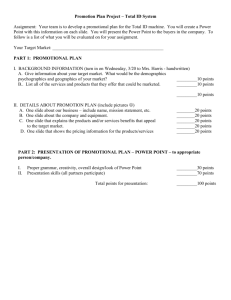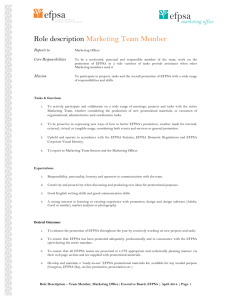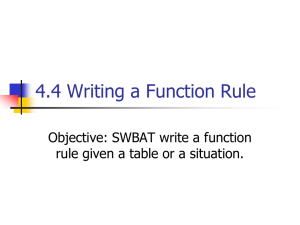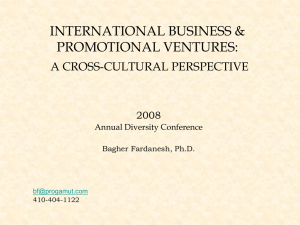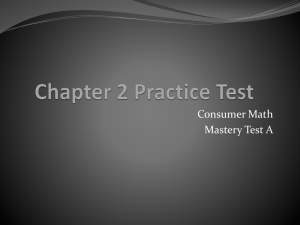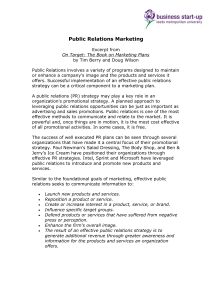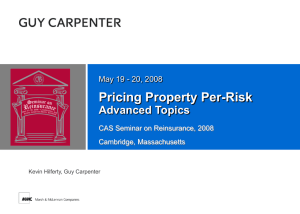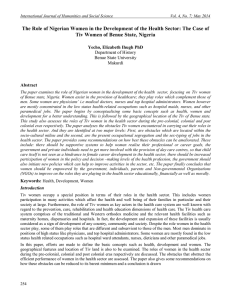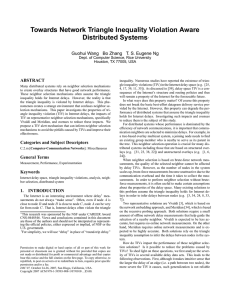The Marketing Mix Marketing mix includes four basic marketing
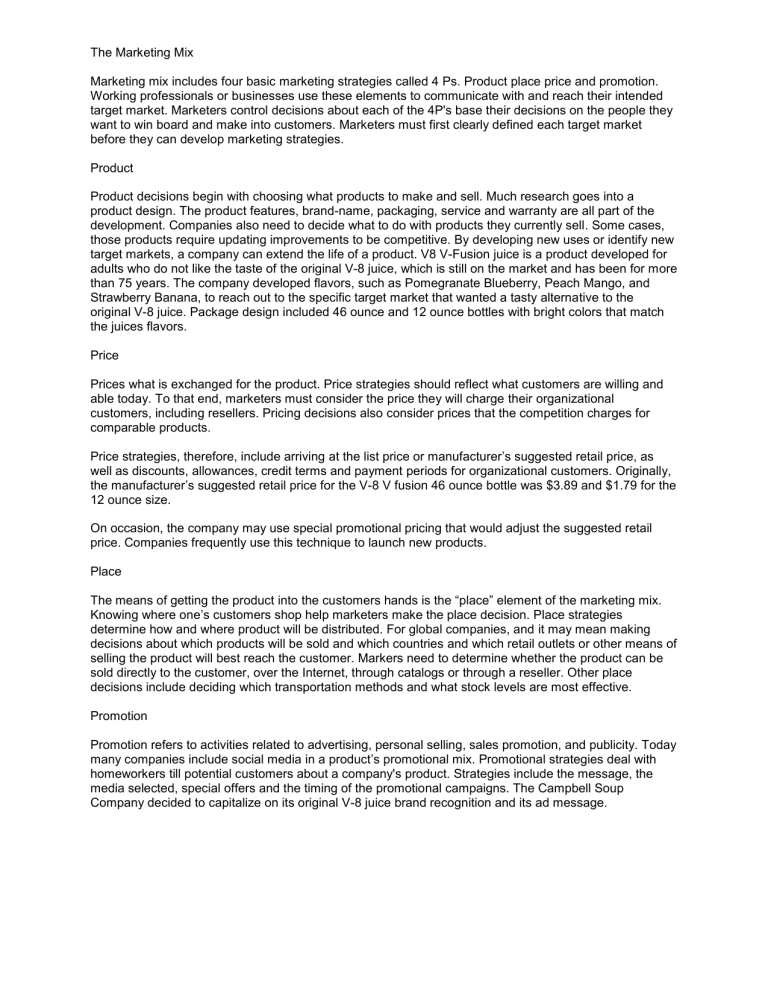
The Marketing Mix
Marketing mix includes four basic marketing strategies called 4 Ps. Product place price and promotion.
Working professionals or businesses use these elements to communicate with and reach their intended target market. Marketers control decisions about each of the 4P's base their decisions on the people they want to win board and make into customers. Marketers must first clearly defined each target market before they can develop marketing strategies.
Product
Product decisions begin with choosing what products to make and sell. Much research goes into a product design. The product features, brand-name, packaging, service and warranty are all part of the development. Companies also need to decide what to do with products they currently sell. Some cases, those products require updating improvements to be competitive. By developing new uses or identify new target markets, a company can extend the life of a product. V8 V-Fusion juice is a product developed for adults who do not like the taste of the original V-8 juice, which is still on the market and has been for more than 75 years. The company developed flavors, such as Pomegranate Blueberry, Peach Mango, and
Strawberry Banana, to reach out to the specific target market that wanted a tasty alternative to the original V-8 juice. Package design included 46 ounce and 12 ounce bottles with bright colors that match the juices flavors.
Price
Prices what is exchanged for the product. Price strategies should reflect what customers are willing and able today. To that end, marketers must consider the price they will charge their organizational customers, including resellers. Pricing decisions also consider prices that the competition charges for comparable products.
Price strategies, therefore, include arriving at the list price or manufacturer ’s suggested retail price, as well as discounts, allowances, credit terms and payment periods for organizational customers. Originally, the manufacturer ’s suggested retail price for the V-8 V fusion 46 ounce bottle was $3.89 and $1.79 for the
12 ounce size.
On occasion, the company may use special promotional pricing that would adjust the suggested retail price. Companies frequently use this technique to launch new products.
Place
The means of getting the product into the customers hands is the “place” element of the marketing mix.
Knowing where one ’s customers shop help marketers make the place decision. Place strategies determine how and where product will be distributed. For global companies, and it may mean making decisions about which products will be sold and which countries and which retail outlets or other means of selling the product will best reach the customer. Markers need to determine whether the product can be sold directly to the customer, over the Internet, through catalogs or through a reseller. Other place decisions include deciding which transportation methods and what stock levels are most effective.
Promotion
Promotion refers to activities related to advertising, personal selling, sales promotion, and publicity. Today many companies include social media in a product ’s promotional mix. Promotional strategies deal with homeworkers till potential customers about a company's product. Strategies include the message, the media selected, special offers and the timing of the promotional campaigns. The Campbell Soup
Company decided to capitalize on its original V-8 juice brand recognition and its ad message.

